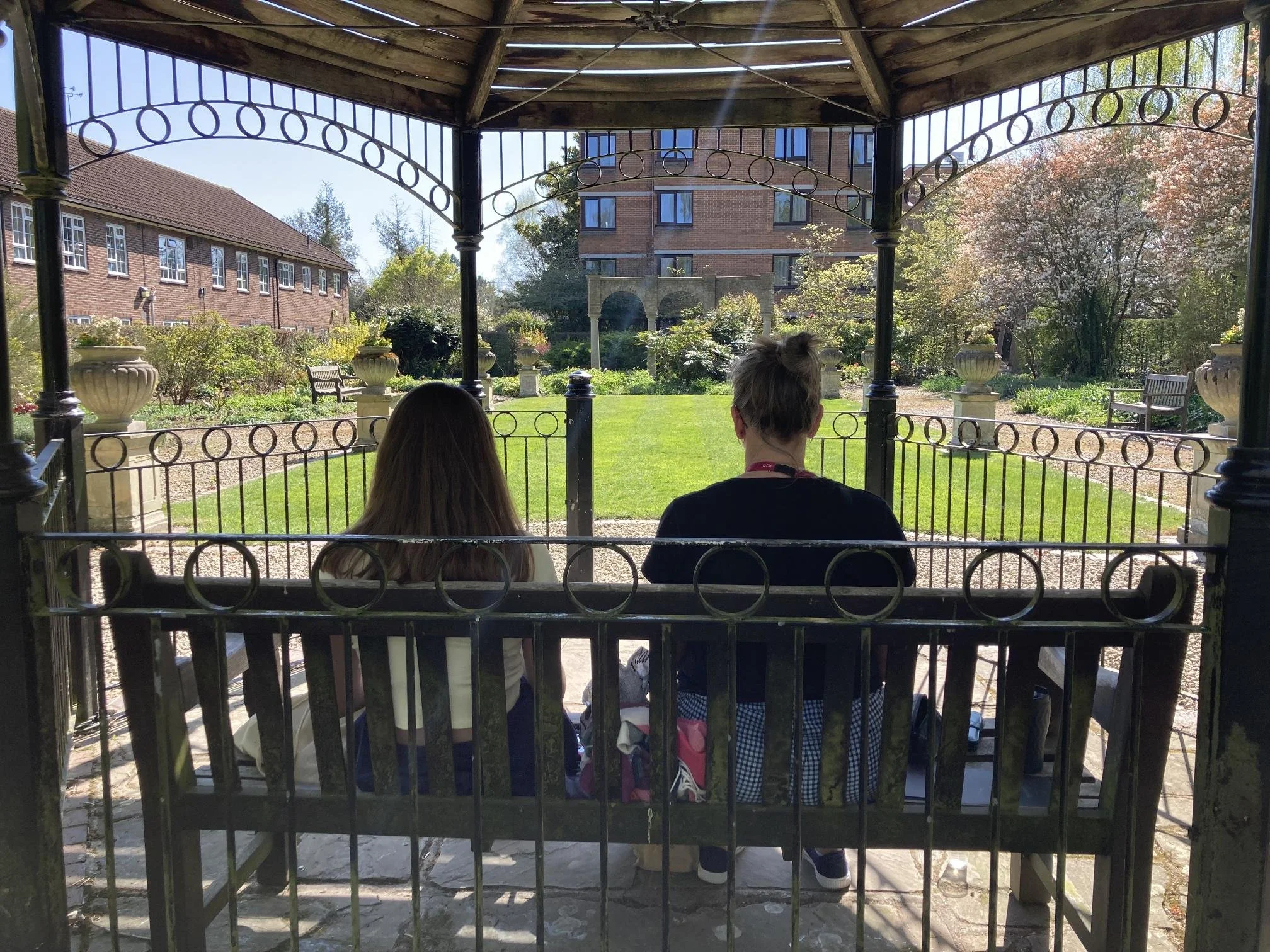
Creative Assets Reseach
Analysis of the Cultural and Creative Industry Workforce in Chelmsford
This report, compiled by Anglia Ruskin University in 2024, provides a comprehensive baseline analysis of the cultural and creative industries in Chelmsford, aimed at supporting the development of the district-wide Cultural Strategy. The findings are based on extensive data sources, including the Office for National Statistics, Census 2021, and local business and education surveys. Below are the key insights:
Key Findings
Creative Economy Size: Chelmsford’s creative economy supports approximately 3,500 jobs, accounting for 10% of total local employment—outpacing Essex (8%) and the UK average (7%).
Demographics: The workforce is diverse:
35% are aged 20–34, and 20% are 50 years or older.
The gender split is nearly equal (52% male, 48% female).
10% identify as disabled; 5% as LGBTQ+.
75% are White British.
Education: 70% of the sector’s workforce hold higher education qualifications, mostly relevant to their creative field.
Employment Structure & Trends
Employment Types:
60% in full-time roles, 25% part-time, and 30% self-employed—highlighting the sector’s reliance on freelance and gig economy work.
SMEs contribute 45% of creative industry jobs and lead in offering flexible employment, which is particularly supportive for women and parents.
Women's Participation:
Women make up a higher proportion of the sector in Chelmsford, with many balancing creative careers and family responsibilities.
60% of female creative workers are employed locally, often within SMEs, on part-time or flexible contracts.
Women lead 35% of creative industry start-ups—a growing trend.
Geographic and Commuting Patterns
Local Focus: Most creative professionals either live or work locally. Women tend to work closer to home for SMEs, while men are more likely to commute to London or beyond for full-time, permanent roles.
Creative Hubs: Clusters of creative activity are concentrated in the north and east of Chelmsford, with strong movement within the district, especially among women.
Sector Highlights
Industry Mix:
Media and broadcasting are especially prominent (25%), reflecting Chelmsford’s historical links to radio.
Other sectors include design/fashion (20%), performing arts (15%), advertising (15%), publishing (10%), and IT/software (15%).
SMEs and Entrepreneurship:
60% of creative industry SMEs are in Chelmsford, higher than Essex and national averages.
There has been a 20% increase in creative sector start-ups over the last decade.
Role of Education & Anglia Ruskin University (ARU)
ARU is a major regional driver:
25% of digital/media workforce and 15% of design/architecture professionals are ARU graduates.
The university provides skill development, start-up business support, and is recognized for entrepreneurial education.
Physical & Community Assets
Venues & Spaces: Chelmsford’s creative infrastructure includes:
Core assets: The Art Place, Chelmsford Museum, Civic Theatre, Hylands House & Estate.
Untapped potential: vacant retail/office spaces, community halls, public parks, churches, and educational facilities—all suitable for a wide range of creative and community activities.
Public Spaces: Large parks and historic churches offer prime locations for festivals, exhibitions, and performances, expanding opportunities for public cultural engagement.
Strategic Opportunities
Local Impact: Focusing on women and SMEs offers the greatest opportunity for local impact, ensuring investments remain within Chelmsford and benefit the community directly.
Flexibility & Growth: Encouraging adaptive use of spaces and supporting entrepreneurship and gig work will foster sector growth and inclusivity.
Education Partnership: Leveraging ARU’s strengths can further enhance the skills and networks of Chelmsford’s creative talent.
This evidence-based mapping establishes a strong foundation for Chelmsford’s Cultural Strategy, empowering stakeholders with clear data to support local initiatives, funding applications, and community partnerships - Add on a piece about our use of this data? Beyond ACE PP? Any next steps?
